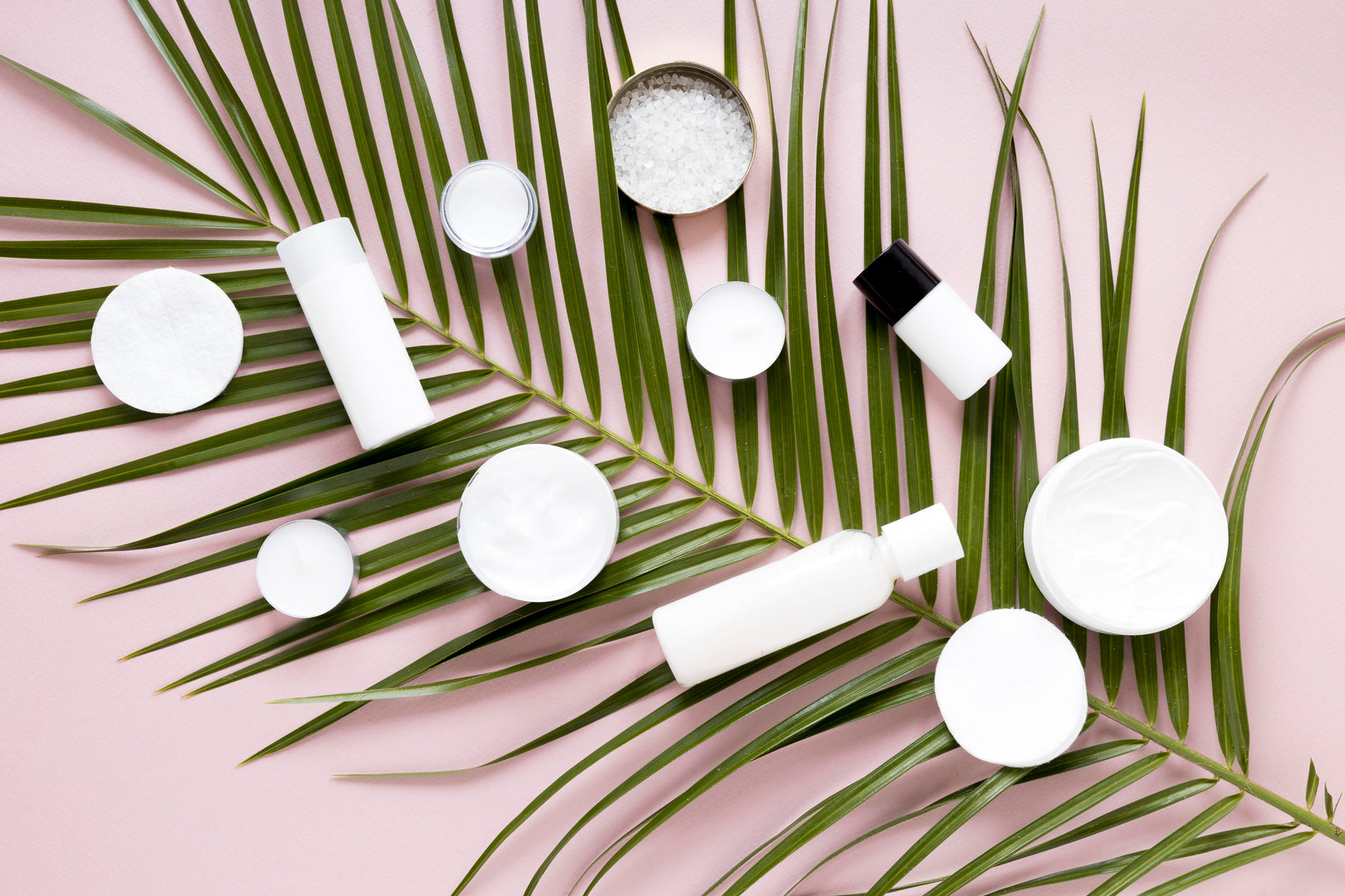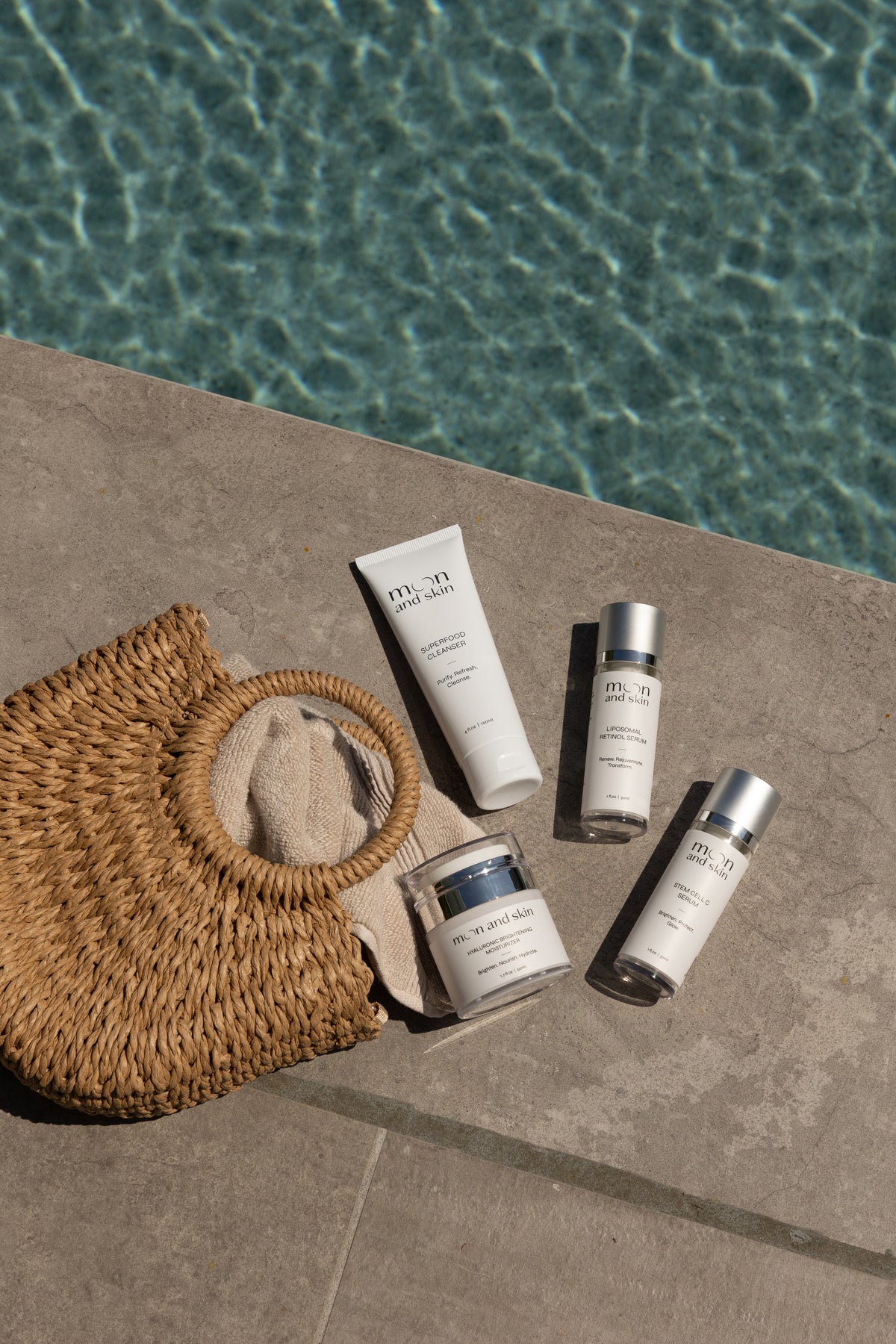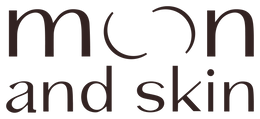Table of Contents
Introduction
Have you recently started using retinol and noticed your skin peeling? This common phenomenon can be alarming, especially if you were expecting a smoother, more radiant complexion. Retinol, a derivative of vitamin A, is celebrated for its anti-aging properties and ability to enhance skin texture. However, the side effects—particularly peeling—can lead to confusion and concern. Are you wondering how to incorporate retinol into your routine safely? Or perhaps you're seeking effective solutions to manage this peeling?
In this comprehensive guide, we will explore why retinol may be causing your skin to peel, the underlying mechanisms at work, and practical solutions to mitigate this common issue. By the end of this article, you’ll have a clear understanding of how to navigate the world of retinol while embracing your skin's unique journey.
The Relevance of Retinol Today
With the skincare industry continually evolving, retinol remains a staple ingredient due to its well-documented benefits, including reducing fine lines, improving skin tone, and treating acne. As more individuals seek to enhance their skincare routines, understanding the potential side effects—like peeling—is crucial for effective and safe use.
In this article, we will delve into:
- What Retinol Is: Understanding its role and benefits.
- The Science Behind Peeling: Why does this happen?
- Managing Peeling Skin: Effective strategies to minimize discomfort.
- Moon and Skin’s Approach: How our products can support your retinol journey.
Let’s break down the mystery of retinol peeling together and empower you to achieve your skincare goals.
What Is Retinol?
Retinol is a powerful ingredient derived from vitamin A, known for its transformative effects on the skin. It functions by promoting cell turnover, which means it encourages the shedding of dead skin cells and stimulates the production of new ones. This process is vital for maintaining a youthful appearance, as it helps to smooth fine lines, reduce hyperpigmentation, and improve overall skin texture.
Benefits of Retinol
- Anti-Aging: Retinol stimulates collagen production, helping to maintain skin elasticity and reduce the appearance of wrinkles.
- Acne Treatment: It aids in unclogging pores and reducing breakouts, making it a go-to for those with acne-prone skin.
- Even Skin Tone: By accelerating cell turnover, retinol can diminish dark spots and promote a more uniform complexion.
While these benefits are enticing, they often come with an adjustment period during which the skin may respond with peeling.
The Science Behind Peeling
Why Does Retinol Cause Peeling?
The primary reason retinol causes peeling is due to its effect on skin cell turnover. When you apply retinol, it penetrates the skin and accelerates the shedding of the outer layer, known as the stratum corneum. This rapid exfoliation can lead to visible flaking and irritation as your skin adjusts to the increased cell turnover rate.
Factors Influencing Peeling
Several factors can influence the severity of peeling when using retinol:
- Concentration: Higher concentrations of retinol can lead to more pronounced peeling. Starting with a lower concentration can help your skin acclimate more gently.
- Skin Type: Individuals with sensitive skin may experience more irritation and peeling than those with oily or resilient skin.
- Usage Frequency: Applying retinol too frequently, especially when first starting, can exacerbate peeling. Gradual introduction into your routine is key.
- Combination Products: Using retinol in conjunction with other active ingredients, such as alpha hydroxy acids (AHAs) or benzoyl peroxide, can compound irritation.
The Retinization Process
The adjustment period to retinol is often referred to as retinization. During this phase, your skin may experience peeling, redness, and increased sensitivity. It’s a normal part of the process where your skin is adapting to the retinol, and typically lasts anywhere from a few weeks to a few months.
Summary of Key Points
- Peeling is a normal side effect of retinol due to increased skin cell turnover.
- Factors such as concentration, skin type, and usage frequency can influence the severity of peeling.
- The retinization process is temporary and often subsides as your skin adjusts.
Managing Peeling Skin
Experiencing peeling while using retinol can be frustrating, but there are effective strategies to help manage and minimize this discomfort. Here are our top tips:
1. Start Slow
If you’re new to retinol, begin with a lower concentration (0.25% to 0.5%) and apply it just a couple of times a week. Gradually increase the frequency as your skin builds tolerance.
2. Hydrate and Moisturize
Hydration is crucial when using retinol. Incorporate a rich, fragrance-free moisturizer into your routine to help counteract dryness. At Moon and Skin, our Celestial™ Moisturizer is designed to hydrate and strengthen the skin’s barrier, making it an ideal companion for retinol use.
3. Use the "Retinol Sandwich" Technique
This technique involves applying a layer of moisturizer before your retinol, and then following up with another layer of moisturizer afterward. This can help buffer the skin and reduce irritation while still allowing you to reap the benefits of retinol.
4. Avoid Harsh Ingredients
During the retinization phase, avoid using other potent active ingredients that can exacerbate peeling, such as AHAs, BHAs, and physical exfoliants. Keep your routine simple and gentle.
5. Be Mindful of Application
Always apply retinol on completely dry skin to minimize irritation. Using it on damp skin can enhance absorption and increase the likelihood of peeling.
6. Protect Your Skin
Retinol can make your skin more sensitive to sun exposure. Always wear broad-spectrum sunscreen with an SPF of 30 or higher during the day to protect your skin from UV rays. This is especially important when using retinol products.
7. Take Breaks if Necessary
If peeling becomes severe, don’t hesitate to take a break from using retinol for a few days to allow your skin to recover. Once your skin feels better, you can gradually reintroduce the product.
Moon and Skin’s Approach to Retinol
At Moon and Skin, we celebrate the journey of your skin through all its phases. Our Eclipse™ Retinol Serum offers a gentle yet effective formulation designed to minimize irritation while maximizing benefits. Infused with nature-inspired ingredients, our retinol serum supports your skin's health without compromising on our commitment to clean, thoughtful skincare.
Key Ingredients in Eclipse™ Retinol Serum
- Retinol: A gentle form of retinoid that promotes cell turnover and improves skin texture.
- Niacinamide: Known for its soothing properties, it helps calm redness and irritation while enhancing the skin barrier.
- Hyaluronic Acid: A powerful humectant that attracts and retains moisture, keeping your skin hydrated and plump.
As you navigate your retinol journey, incorporating our Eclipse™ Retinol Serum can provide the support you need to achieve glowing, radiant skin without the unwanted peeling.
Conclusion
Understanding why retinol makes your skin peel is vital for anyone looking to harness the benefits of this powerful ingredient. While peeling can be an initial hurdle, it’s a temporary phase that signifies your skin is adjusting and responding to treatment. By adopting a mindful approach and employing the strategies outlined in this guide, you can effectively manage peeling and enjoy the transformative effects of retinol.
Remember, skincare is a journey, and we’re here to support you every step of the way. Embrace the process, and together, let’s celebrate your skin’s evolution.
FAQ
1. How long does retinol peeling last?
The duration of peeling can vary from person to person, but it typically lasts between 2 to 12 weeks as your skin adjusts to the retinol.
2. Can I use retinol every day?
It’s best to start by applying retinol 2-3 times a week and gradually increase the frequency based on your skin’s tolerance.
3. What should I do if my skin is peeling excessively?
If peeling becomes severe, consider taking a break from retinol for a few days to allow your skin to recover. You can also consult a dermatologist for personalized guidance.
4. Is retinol suitable for all skin types?
While retinol can benefit most skin types, those with sensitive skin should begin with lower concentrations and monitor for irritation.
5. How can I prevent peeling when using retinol?
To minimize peeling, ensure proper hydration, avoid using other active ingredients simultaneously, and apply retinol on dry skin. Incorporating a rich moisturizer like our Celestial™ Moisturizer can also help.
6. Can I use retinol with other skincare products?
Be cautious when combining retinol with other active ingredients. Avoid using retinol with potent exfoliants like AHAs or BHAs until your skin adjusts.
For more tips and product recommendations, don’t forget to explore our complete collection of clean, thoughtful skincare at Moon and Skin.
Join the Glow List today for exclusive offers and expert skincare tips delivered to your inbox! Sign up here to become a part of our community. Together, let’s embrace every phase of your skincare journey.







